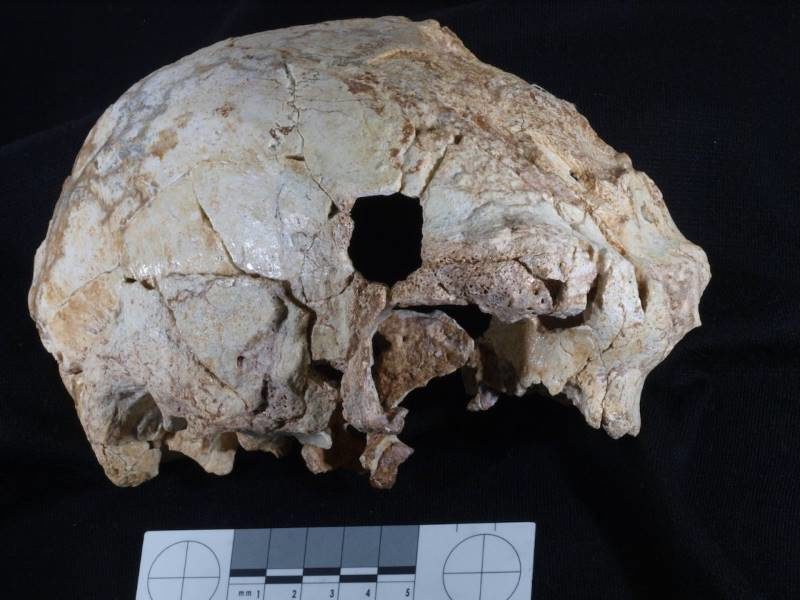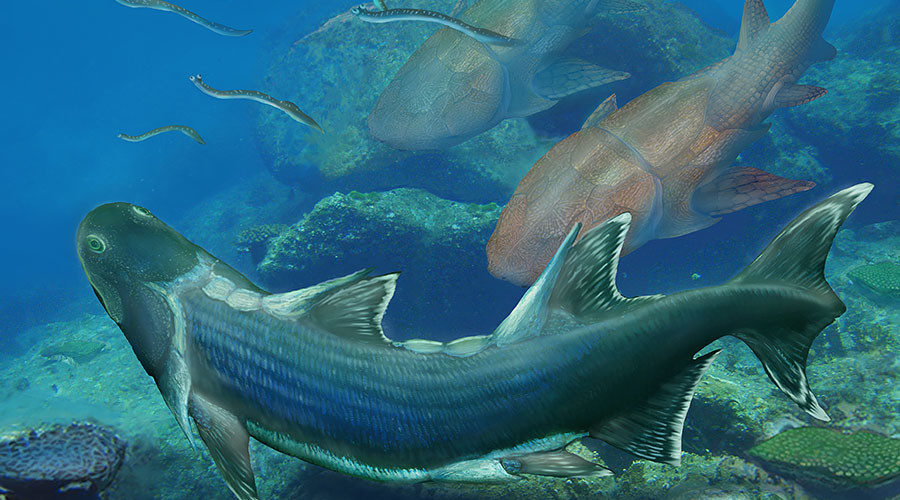OF THE
TIMES




"What is the meaning of human life, or, for that matter, of the life of any creature? To know an answer to this question means to be religious. You ask: Does it make any sense, then, to pose this question? I answer: The man who regards his own life and that of his fellow creatures as meaningless is not merely unhappy but hardly fit for life," wrote Einstein.Was Einstein himself religious? Raised by secular Jewish parents, he had complex and evolving spiritual thoughts. He generally seemed to be open to the possibility of the scientific impulse and religious thoughts coexisting.
"Science without religion is lame, religion without science is blind," said Einstein in his 1954 essay on science and religion.Some (including the scientist himself) have called Einstein's spiritual views as pantheism, largely influenced by the philosophy of Baruch Spinoza. Pantheists see God as existing but abstract, equating all of reality with divinity. They also reject a specific personal God or a god that is somehow endowed with human attributes.
